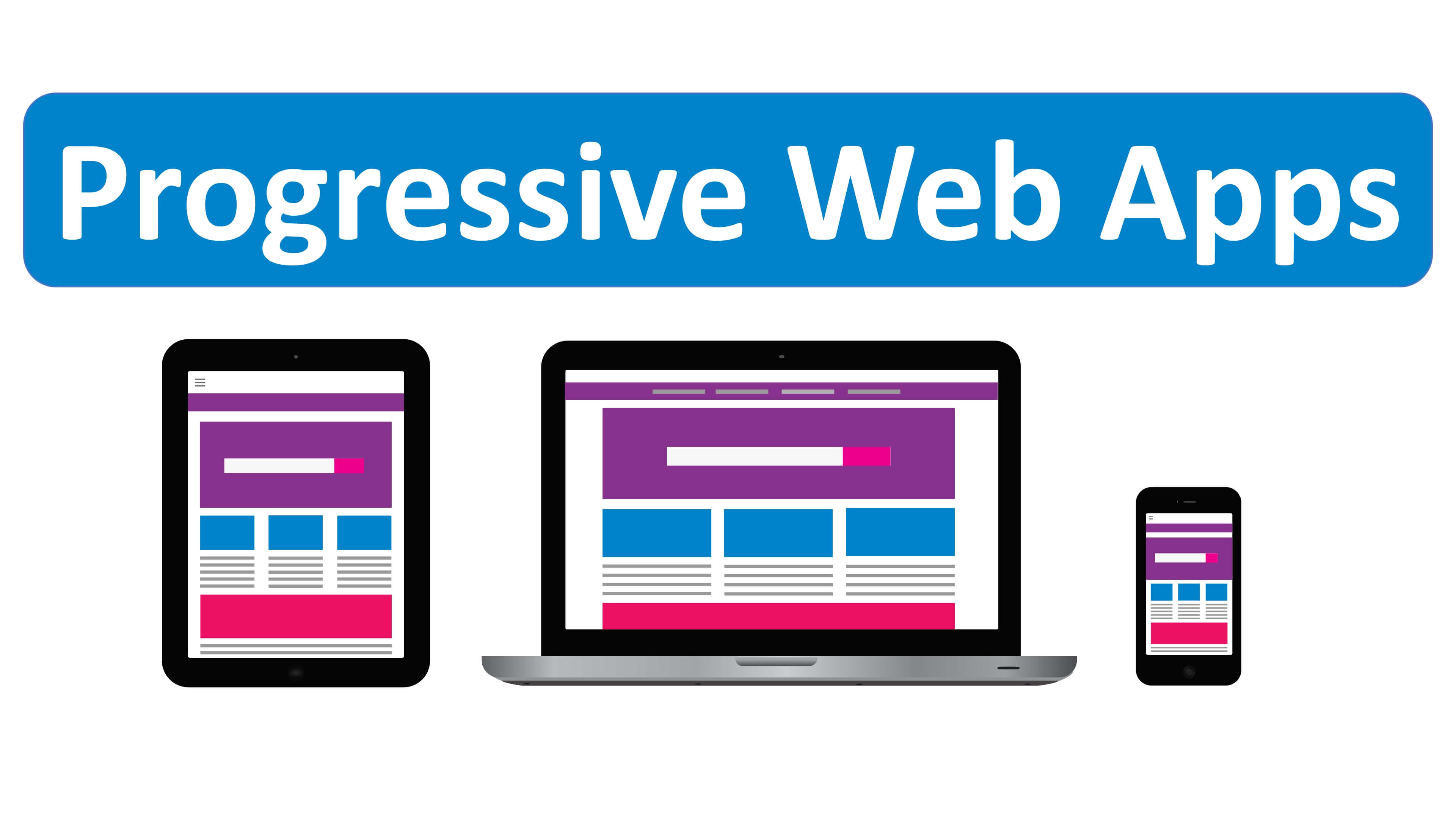Pulse of Information
Your source for the latest insights and updates.
Progressive Web Apps: The Future of Mobile Browsing Awaits
Discover how Progressive Web Apps are revolutionizing mobile browsing and shaping the future of online experiences. Don't get left behind!
What Are Progressive Web Apps and Why Do They Matter?
Progressive Web Apps (PWAs) are a revolutionary approach to web development that blend the best of web and mobile applications. They leverage modern web technologies to deliver a user experience that is fast, reliable, and engaging. PWAs use service workers, a type of web worker, to enable features like offline access and push notifications, allowing users to interact with applications even when they are not connected to the internet. By providing an app-like experience directly in the browser, PWAs eliminate the need for users to download and install traditional applications from an app store, making them highly accessible and convenient.
The significance of Progressive Web Apps cannot be overstated as they cater to the demand for seamless experiences across devices. With their ability to load quickly, even in uncertain network conditions, PWAs enhance user engagement and retention. Businesses leveraging PWAs stand to benefit from improved performance metrics, such as lower bounce rates and higher conversion rates. Furthermore, given that PWAs are built using standard web technologies, they can be developed and maintained at a fraction of the cost compared to native apps, allowing organizations to focus on innovation and growth.

How Progressive Web Apps Are Changing the Mobile Browsing Experience
Progressive Web Apps (PWAs) are revolutionizing the mobile browsing experience by combining the best features of both web and mobile applications. Unlike traditional mobile sites, PWAs provide a seamless experience that is fast, engaging, and reliable. Users can enjoy functionalities such as offline access, push notifications, and instant loading times, making the browsing experience more fluid and satisfying. This transformation not only enhances user engagement but also contributes to improved retention rates, as users are more likely to return to sites that behave like native apps.
Moreover, the adoption of Progressive Web Apps is paving the way for better accessibility on various devices. With responsive designs and reduced loading times, PWAs ensure that users on slower networks can still interact with content without significant delays. Additionally, since PWAs do not require installation from an app store, they lower the barrier for entry, allowing users to access a site with a simple tap. As a result, businesses that integrate PWAs into their strategies are witnessing not just increased traffic, but also enhanced conversion rates, ultimately changing the landscape of mobile browsing.
The Benefits of Progressive Web Apps: A Game Changer for Developers and Users
Progressive Web Apps (PWAs) are revolutionizing the way developers create applications, offering a seamless blend of web and mobile experiences. One of the most significant benefits of PWAs is their ability to function offline or in low-connectivity environments, which enhances user experience and ensures accessibility. Users can install PWAs directly from their browsers, eliminating the need for app store distributions, thus streamlining updates and reducing barriers to entry. This not only saves time for developers but also empowers users by providing instant access to the latest features without traditional download delays.
Moreover, PWAs are cost-effective alternatives to native applications, allowing developers to build and maintain a single codebase for multiple platforms. This cross-platform capability not only reduces development time but also lowers overall costs. From a user’s perspective, PWAs offer improved performance thanks to faster load times and smooth interactions, which can significantly increase engagement and conversion rates. As the digital landscape continues to evolve, adopting PWAs can be a game changer for both developers and users, driving greater satisfaction and loyalty.